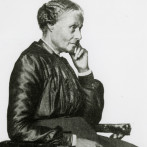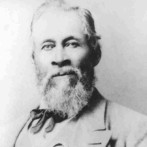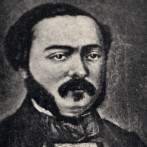Mary Ellen Pleasant
In April 1852, Mary Ellen Pleasant, born a slave between 1814-1817 in Virginia (or Georgia), moved to San Francisco from Virginia. Freed when young, Mary was sent to Massachusetts for an education. During the 1840s, Mary Pleasant and her husband helped many slaves escape to freedom through the Underground Railroad. With her husband’s money after his death, it is believe Mary Pleasant helped to finance the John Brown raids. In San Francisco, Mary Pleasant was a successful businesswoman, civil rights activist, and philanthropist. She started the first boarding house and provided housing for homeless girls and women. Mary Pleasant, worth at least $30, 000 in real estate in 1870 (Daniels 26), died penniless in 1904. In 1975, The City placed a memorial plaque and six eucalyptus trees as a tribute Mary Peasant’s legacy at Octavia and Bush Street. (“California Historical Society,...
Read More


